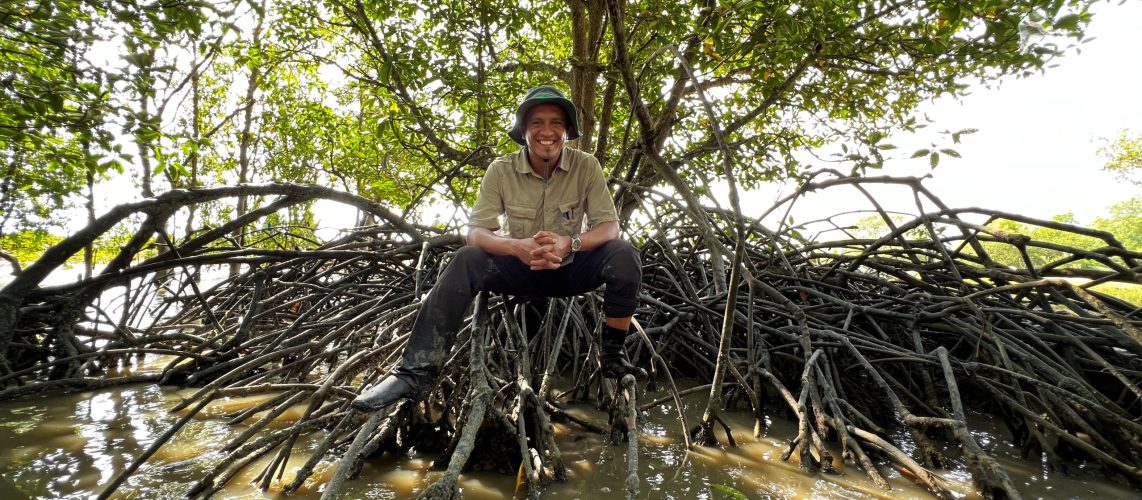This article has been published in the New Straits Times on 22 April 2022.
THE fight for a more sustainable and equitable world continues with increasing urgency as the impact of climate change becomes more apparent every day.
To address the significant increase in global temperature highlighted in the recently published Sixth Assessment Report by the three working groups of the Intergovernmental Panel on Climate Change (IPCC), the world should join hands to halt it at 1.5°C above pre-industrial level.
Limiting warming to 1.5°C instead of 2.0°C or more is needed to maintain a substantial proportion of ecosystems that benefit human health and economies at a planetary scale.
Achieving this requires commitment and involvement of all governments and peoples. The worsening of climate-related risks might prevent the achievement of the Sustainable Development Goals, particularly in low- and middle-income countries.
The benefits of limiting global warming through proactive measures and mitigation actions outweigh the costs of adapting to climate change or treating the damage it causes.
Climate change and biodiversity loss are now the greatest threats to humanity and the planet, and there’s a pressing need to understand and communicate the impact to governments and communities, including the corporate and the business sectors.
The theme for this year’s Earth Day is “Invest in Our Planet”. It is important for us to reassess our contributions by investing more strategically to ensure a better future for the planet.
One of the key strategic measures Malaysia could take is to protect the remaining natural habitats, like mangroves, wetlands and tropical forest ecosystems.
Mangroves took centre stage in the IPCC reports, as they are the most effective assets in the fight against global climate change.
Mangroves were mentioned 483 times in the IPCC’s Working Group 2 report, emphasising their amazing ability to absorb and sequester carbon and regulate other greenhouse gases.
It is also crucial to rehabilitate damaged and degraded forested areas to ensure healthy connectivity and maintenance of the diversity and complexity of ecosystems and all their inhabitants and dependents.
The richness of species and habitats in the country provides Malaysia with the greatest opportunity to become a key global player in the fight against biodiversity loss and climate change.
But appropriate and systematic plans and actions must be put in place. In the past, some so-called climate actions had failed to make solid contributions.
One obvious example is the waste of money and energy in purchasing mangrove seedlings and saplings and not planting them in appropriate locations. Some were even planted at beaches, mudflats and seagrass beds!
Often, the number of planted seedlings or trees were used to justify the effort, not the survival or growth success of poor mangrove babies and young trees.
This failure is due to the lack of knowledge and understanding of the basic ecological requirements for the species and habitats to flourish, including misidentifying the true objectives of habitat and ecosystem restoration.
These failures and unsuccessful attempts must be improved by putting extra effort into learning about nature and identifying more suitable action to better contribute to conservation efforts.
A common mistake in mangrove restoration is believing it is only about planting or replanting. Restoring mangroves needs to be grounded in the principles of ecosystem and ecological integrity.
Recognising the importance of these factors, a group of scientists, through the Malaysian Mangrove Research Alliance and Network (MyMangrove), in close collaboration with CIMB Foundation, recently embarked on a strategic corporate-university-community partnership to revolutionise and formulate a more impactful mangrove conservation initiative.
This project emphasises the importance of scientifically sound mangrove restoration approaches that includes scientific investigation and careful consideration of all environmental factors, as well as inclusion of knowledge from local communities as the primary beneficiaries of the efforts.
It is hoped that this strategic formula and partnership will set a powerful precedent for other corporate and public organisations.
Investing in a well-planned project with a strategic conservation formula will surely bring better results and contribute to a better future for the planet.
